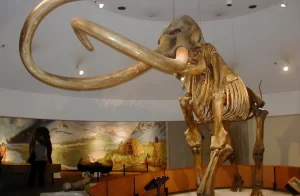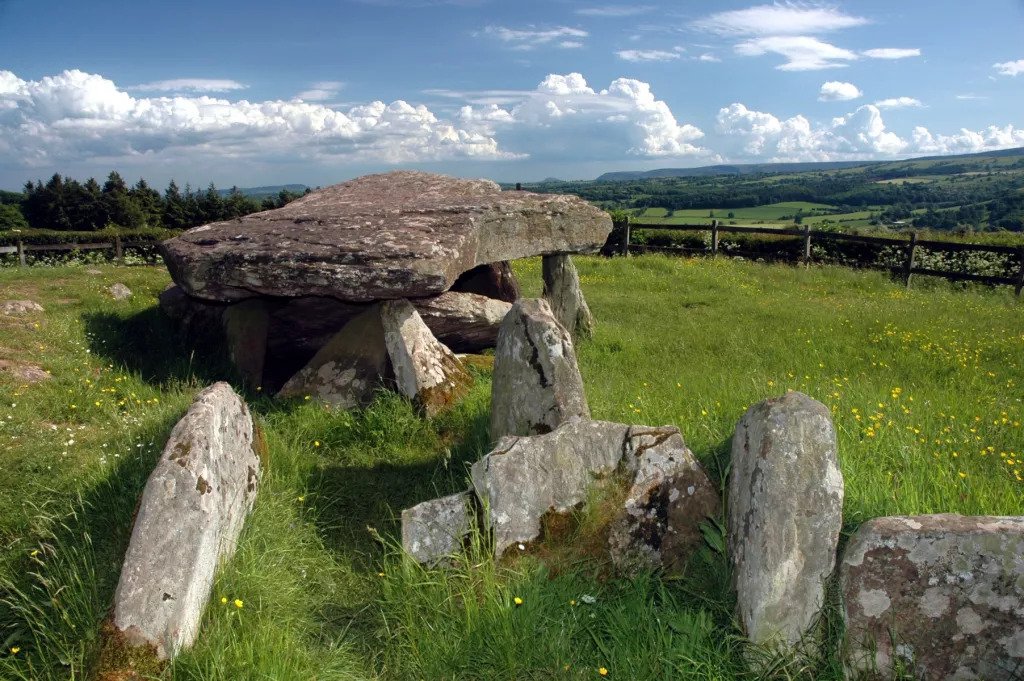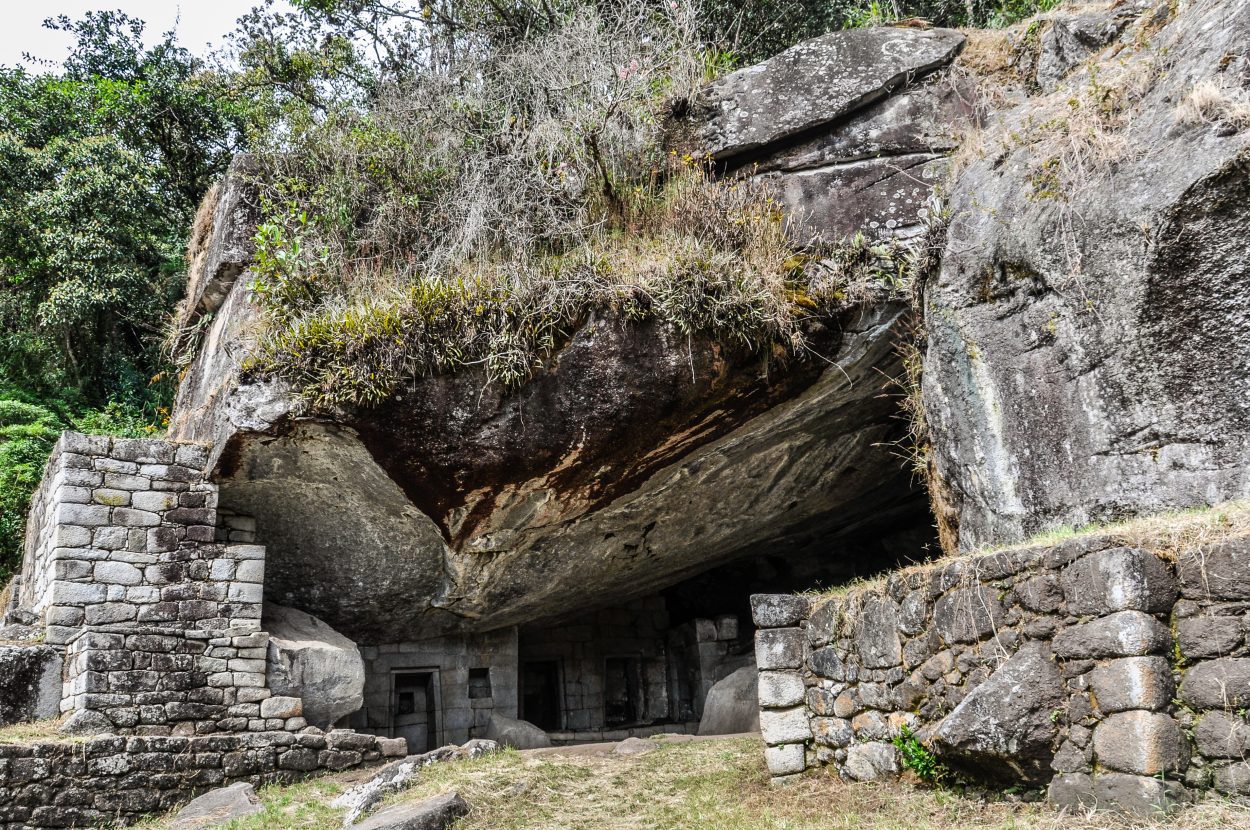Early humans in Europe endured very cold climates, researchers find
The oldest samples of Upper Palaeolithic Homo sapiens in Europe came from a cave in Bulgaria, and they are essential for studying the dispersion of early humans from the Middle East to Europe.
Researchers from Germany’s Max Planck Institute for Evolutionary Anthropology and the Bulgarian Academy of Sciences’ National Institute of Archaeology and Museum determined that hominids living in the Bacho Kiro Cave in Bulgaria 43,000-46,000 years ago suffered intense cold.
The cave’s archaeological remains are the oldest Upper Palaeolithic Homo sapiens samples in Europe, and they are essential for understanding the dispersion of early humans from the Middle East to Europe during the Initial Upper Palaeolithic era.
ALSO READ: EGYPT OPENS ANCIENT TOMB OF KING DJOSER AFTER RESTORATION
Although most archaeological models suggest that early humans were able to migrate to new environments due to warmer climates, the Max Planck researchers discovered that Homo sapiens endured extremely cold temperatures for thousands of years by analysing enamel from the teeth of animals slaughtered by humans living in the cave.

“Our findings demonstrate that these human groups were more versatile in terms of the habitats they utilised and more adaptable to varied climatic conditions than previously thought,” one of the researchers, Sarah Pederzani, said.
[adinserter block=”6″]
“Using these new insights, different technologies of our species’ spread across Eurasia will now need to be constructed, taking into consideration their higher degree of climatic flexibility,” said Jean-Jacques Hublin, director of the Max Planck Institute’s Department of Human Evolution, according to a press release from the research centre.
READ ALSO: EARLY HUMANS IN EUROPE ENDURED VERY COLD CLIMATES, RESEARCHERS FIND
Cold climates, according to the study, “may perhaps explain the unique presence of woolly mammoth, reindeer, gigantic deer, and wolverine in the faunal record for that time period at the site.”
[adinserter block=”6″]
The presence of other creatures adapted to warmer temperatures, such as red deer, may indicate a changeable environment, according to the study, however, it is doubtful that much of the archaeological record was generated during warmer eras. It was also highlighted that the existence of both species adapted to warmer and those adapted to colder circumstances could be explained by the region’s geographical variety.




